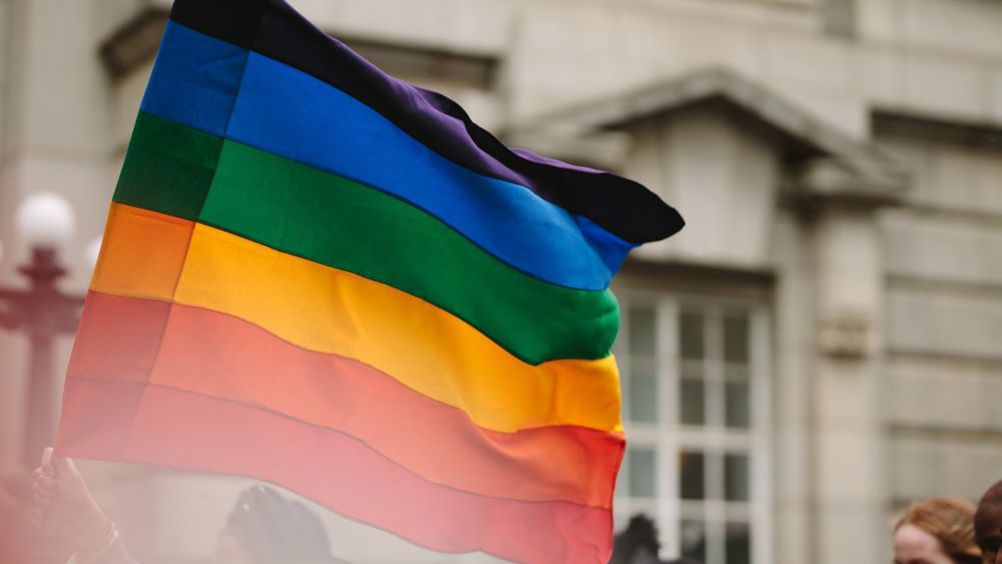References
Caring for older LGBT+ people

Pride month is a celebration of LGBT+ (lesbian, gay, bisexual and trans) life and has many different aspects to it. Yet, the stereotype of LGBT+ people as being mostly a young demographic still persists. There is estimated to be 1.2 million older lesbian and gay people in the UK and between 300 000—500 000 older trans people (National Care Forum (NCF), 2017).
It is the responsibility of nurses and all members of the healthcare community to meet the needs of LGBT+ patients. The Equality Act 2010 (Legislation UK, 2010) makes it illegal to discriminate or deny access to a public service to anyone on the grounds of a protected characteristic, which includes sexuality and assigned gender. The Nursing and Midwifery Council (NMC) code of conduct states that all nurses must treat their patients with dignity, uphold the patient's rights and challenge any discrimination towards them (NMC, 2020). Equality for LGBT+ patients is a requirement on the part of all nurses and cannot be considered as ‘politically correct’ or to be done when time allows. This article will discuss how nurses should treat LGBT+ patients with dignity and respectand what their equality requirements are. It will also discuss ways a district nurse (DN) team can be more welcoming to the LGBT+ community.
Register now to continue reading
Thank you for visiting Community Nursing and reading some of our peer-reviewed resources for district and community nurses. To read more, please register today. You’ll enjoy the following great benefits:
What's included
-
Limited access to clinical or professional articles
-
New content and clinical newsletter updates each month

